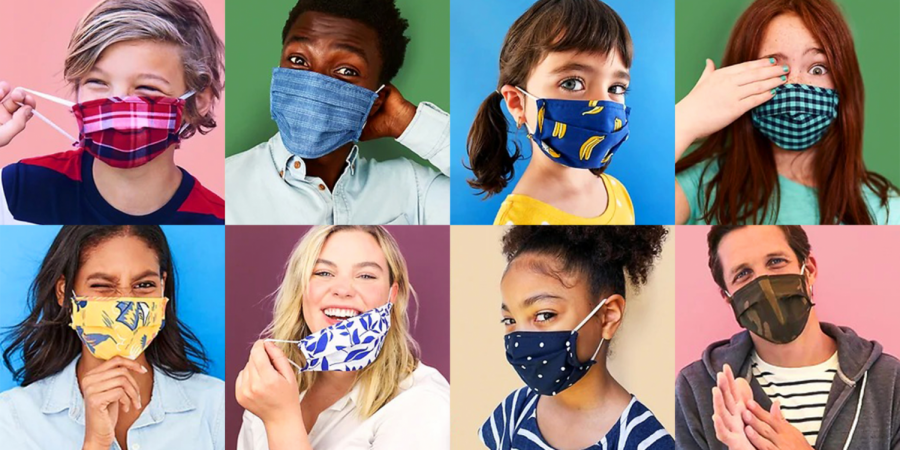Mask mandates at FHS
As we return back to in-person school, masking has become the norm. When we started the school year, the requirements for the FUHSD were that students are expected to wear masks at all times when indoors. Over the next couple of weeks, this rule gradually changed to wearing masks at all times, including outdoors, except when eating. As things have started getting back to normal, people have started becoming more relaxed. Some students do not use the provided hand sanitizer, while others do not correctly wear their masks. The Delta variant and other virus mutations are still prevalent, so it is imperative to remain vigilant.
To start, there are a few different types of masks one can wear, and some are more effective than others. Cloth masks for instance can be cleaned and reused, meaning you would not need an endless supply of them. However, they provide varying degrees of protection, depending on the distance from other people. I believe that although cloth masks are comfortable, they do not really provide an adequate level of protection.
According to the Center for Disease Control and Prevention, cloth face coverings may stop the spread of COVID-19 from one unknowing individual to another. However, although cloth masks prevent you from spreading the disease to others, they do not necessarily protect you from the virus.
Other students choose to wear N95 respirators. N95 masks are tight-fitting around one’s mouth and nose, with elastic that wraps around the head to provide the most protection. These can be worn with or without a filter: a filter protects you from germs when you breathe in, but allows the air you breathe out to circulate freely. Essentially, a filter will protect you, but no one else, which is why masks with filters have been banned in some schools. N95s are great protection wise, yet are uncomfortable when worn for long periods of time. In order to protect the wearer against germs in the air, the mask is very tight, leading to inflamed skin for some wearers.
Finally, surgical masks provide a loose covering over the mouth and nose, through elastic straps that wrap around the ears. Pre-Covid, when most people thought of masks, they thought of surgical masks. According to the CDC, surgical masks are meant to be fluid resistant and protect the wearer against droplets of water and germs in the air. The Food and Drug Administration has also approved surgical masks for use in eating and medical settings. However, wearers may still become infected through inhaling small airborne particles.
All of these types of masks are effective for at least preventing the spread of the virus to some extent. However, the greatest danger is when people take off their masks for a “quick second” and unwittingly spread the disease.
A key example of the problem with taking off your mask for a “quick second” occurred in late August. This was when schools started re-opening for in-person learning around the country. An unvaccinated teacher of an elementary school class started feeling COVID-19 symptoms, yet ended up coming to work. She wore a mask, yet took it off during to read aloud to her class(approximately 15 minutes). When she ended up testing positive two days later, half the class had become infected.
According to the National Broadcasting Company, up to 90% of viral particles may be blocked by masking. Yet if people do not wear masks, even for a short period of time, they can easily expose everyone around them.
It is extremely important to be careful and wear your mask.













